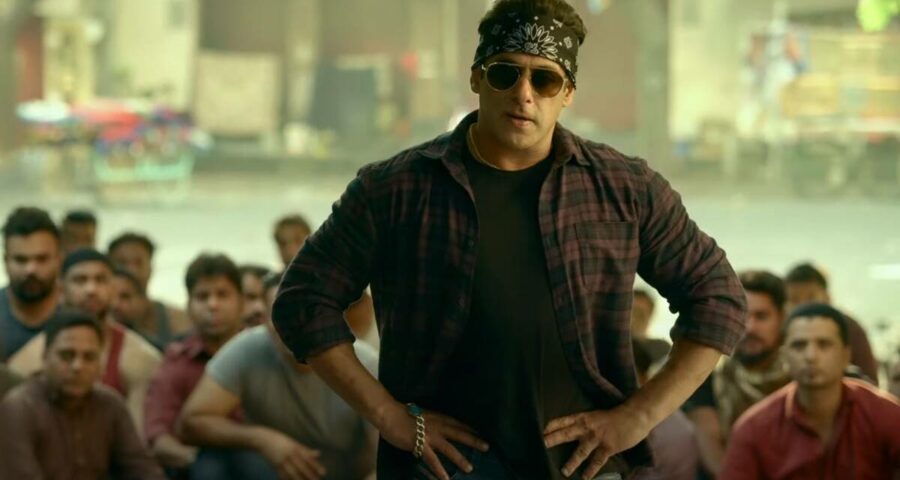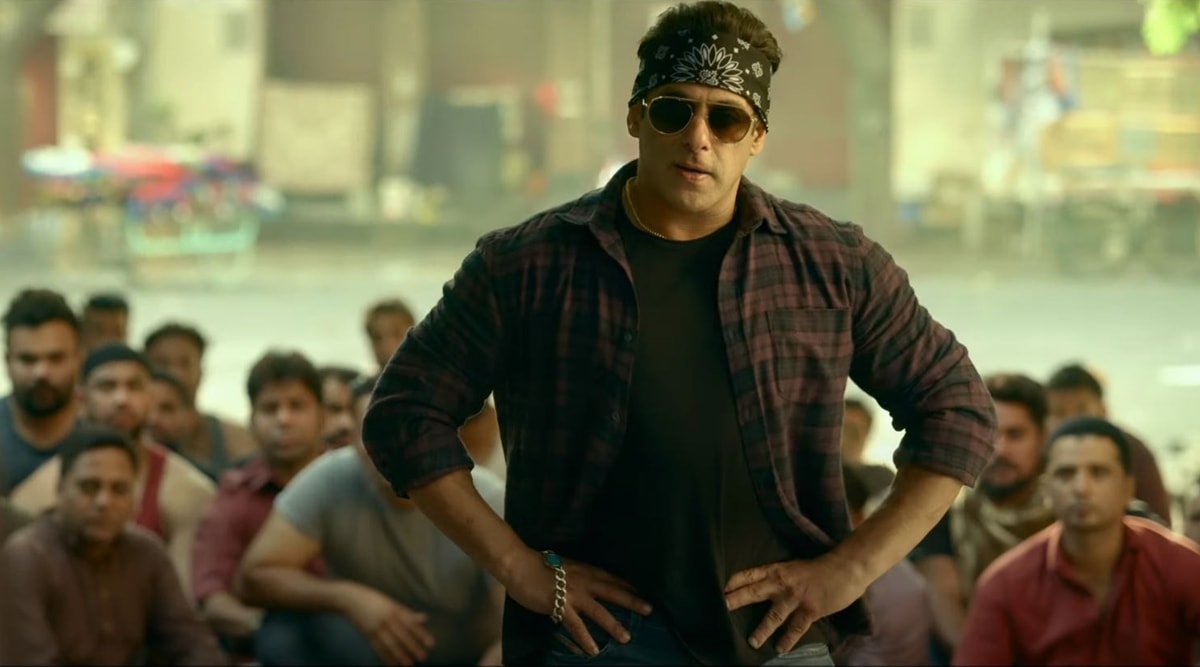Radhe Your Most Wanted Bhai's hybrid release model has divided the industry. The fact that the Salman Khan film has failed to live up to its promise has added to the debate.
Salman Khan’s pull at the box office is absolute, if inexplicable. Calling himself ‘Most Wanted Bhai’ in the title of his latest release wasn’t plain hubris, it was also a nod to his fans who have made him a ticket window draw like few others. Radhe: Your Most Wanted Bhai was supposed to be the film that pulled Bollywood from the depression wrought by the pandemic and lockdowns, a lot like what Vijay’s Master did down south a few months ago.
Pandemic, however, forced the makers of Salman Khan’s latest film to take a release route that wasn’t tried in India till now. Salman announced that Radhe’s release will be hybrid — it will release in theatres, digital platforms and DTH simultaneously, with pay-per-view platform ZeePlex taking the lead. By the time that Radhe actually released on May 13, India was in full lockdown mode with the film releasing in only three theatres.
With Radhe already in its second week, it is time to take stock of how the model panned out for all parties involved — Salman Khan and the makers, the studio that released the film on their platform, and for the audiences.
Zee claimed that its platform failed to cope with the rush on the opening day of Radhe, with the film clocking 4.2 million views on the first day. However, trade analysts are confident that the revenue from the film may be considered adequate during pandemic but can hardly match what is expected from a Salman Khan release. Even the international markets, Radhe came out in US, UK, UAE, Australia and New Zealand, have seen limited ticket sales.
According to producer and trade analyst Girish Johar, timing of the release, lack of adequate infrastructure and quality of content are key elements in this mix. “Radhe’s release is a very complex one. We need to understand it from quite a few perspectives,” he says. “Producers made a lot of money in this, so it worked out well for them. From the studio’s perspective, they bought it for a lot of money, so it has been tough one for them. They have a lot of catching up to do. From the audience’s perspective, it is bad timing. Releasing a film in these times of pandemic is not optimum. The cases are at an all time high, and the health infrastructure in under stress. People are more worried about saving and safeguarding their lives, fighting the coronavirus, and entertainment is not really a priority.”
Trade analyst Taran Adarsh agrees that Radhe has released in a “very troubled time”. He says, “We are constantly fighting the second wave of the pandemic. While entertainment is definitely important, but to be honest, right now it doesn’t even feature on the list. Only survival is of paramount importance right now.”
About how the hybrid model of Radhe has panned out, Johar says, “People who invested in the film, completely ignored the infrastructure of the hybrid release model while releasing it. As we know that a hybrid release is a mix of theatrical as well as digital release. But it was very clear March onwards that a theatrical release could not happen. They could have very easily postponed Radhe’s release, but they didn’t. I cannot decipher what made them go ahead, it may have been Salman’s Eid commitment to his fans. But it would have been ideal if they had postponed the film. They could have made a lot more money than what they presently have.”
Johar believes that given the infrastructure in India, we are 7-10 years from a proper hybrid release that is being seen in ‘mature’ international markets. “Theatrical release has a larger share revenue wise, so a studio can earn a major chunk of money from that, which is not possible in India right now. Radhe’s collection, given the pandemic, is decent, but if you see hardcore numbers and compare it to Salman’s previous films, it is not good at all.”
While hybrid model has been used internationally even before the pandemic, it is largely an experimentation in India. Warner Bros had earlier announced that all its content in 2021 will see similar releases, with content premiering on HBO Max streaming service simultaneously.
Could Salman have waited a little longer to release his film? Adarsh says, “Radhe was supposed to come in Eid 2020. It was already delayed by one year. Every film comes with a budget and the interest factor. A delay of one year for a Salman Khan film means the budge must have overshot four fold. So while Salman could have waited, the film could not afford to do so.”
However, Adarsh also thinks a hybrid release was the best alternative Radhe makers had given the situation. He says, “Looking at the pandemic, this is the best alternative they had.”
He further days, “Any film that goes for any kind of release format, needs to be backed by solid content. And in this case when you have a star like Salman Khan, Radhe’s content unfortunately does not match his stardom. Salman Khan, as I’ve always said is the pied piper of the film industry. People watch his films from within and from outside the theatre. Fans wait for their Bhai’s films, Salman has become a part of their family in a sense. With such a huge fandom on one hand, and weak content on the other hand, I think Salman needs to reboot strategy and his choice of films.”
Even though Radhe’s digital release has left exhibitors quite upset, they are looking forward to screening the film in their theatres once the situation is under control and theatres reopen once again. Manoj Desai, Executive Director of G7 Multiplex and Maratha Mandir theatre says, “It would have been nice if Salman Khan had waited for theatres to reopen to release Radhe, but we understand his plight, he had to find an alternative. Salman has always supported theatres, and today we stand by him, looking forward to run his film in our cinemas as and when it is possible.”
Salam’s Eid outing Radhe- Your Most Wanted Bhai can be viewed on ZEE5’s pay per view service ZEEPlex, it is also available on DTH platforms like Dish, D2H, Tata Sky and Airtel Digital TV.
Source: Read Full Article


